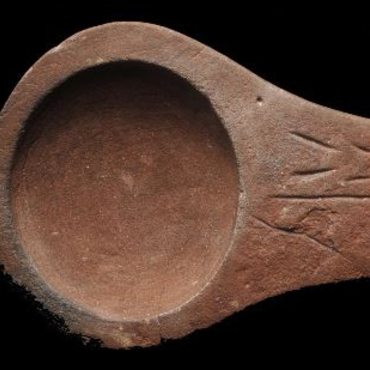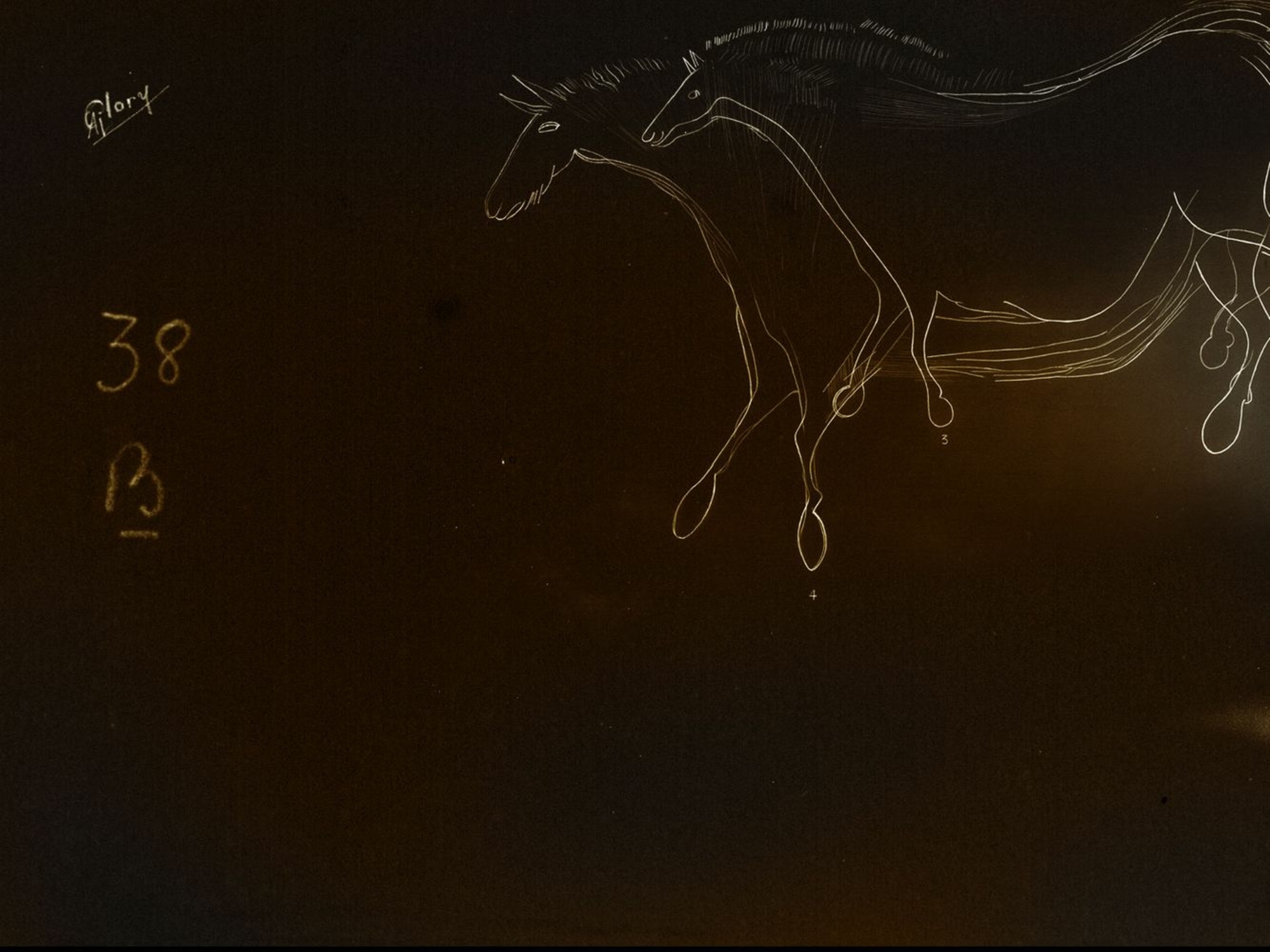
- Home
- Archaeological research
- Archaeology of the cave floors
One of the archaeological particularities of Palaeolithic sanctuaries is the fact that so few objects – whether stone or bone – have been found. Lascaux is unique in that a relatively large amount of material was recovered.
The site was occupied at three points between the Upper Palaeolithic and the early Holocene. The oldest archaeological clues were found in the Passageway, the Nave and the Shaft. A few scattered fragments of charcoal were discovered, witnesses to a very brief stay.
The second occupation was contemporaneous with the parietal works, and it is to this period that all of the lithic and bone material that was recovered belongs. The purpose of some of these objects is still unknown – some were used for lighting, engraving and painting; there are also decorative objects, various tools and the remains of reindeer and stag bones. The final witnesses to the cave's prehistoric occupants were found only at the entrance to the cave (on the cone of scree, in the gours in the Passageway and at the base of the Upside-Down Horse).
Objects for drawing and painting
This category includes five grinding stones, three mortars and a total of twenty-three limestone and schist plates, whose pigment-stained surfaces allowed researchers to determine their function.
Jewellery
Sixteen shells were discovered, most of them fossils. Three are perforated, indicating that they were used for jewellery. Their source has been identified as western France, thus indicating the existence of trade or the movements of groups of humans over several hundred kilometres.
Lithic objects
Although traces found on several flint tools attest to their use in engraving activities, others can be linked to woodworking. Of the 112 tools that have been identified, 70 of them are backed bladelets, which are closely associated with the assegais, especially in the Shaft. Morphological analysis reveals that only one of their two edges was sharp. On some, the opposite edge and the ventral face were coated with a pinkish organic substance – mastic, which rarely survives.
Bone material
Objects made of bone include the assegais, an eyed needle, an awl, a spall and a modified reindeer antler beam. The decorations on some confirm that they are contemporaneous with the iconography of the walls. One fragment has a series of nested angular patterns, identical to those engraved on the flank of the stag and the horse in the Apse, at the junction of the Passageway. This same pattern is inscribed on the handle of the red sandstone lamp found in the Shaft. Similar observations may be made for another intact assegai and two other fragments, whose characteristic cruciform signs are repeated on the walls, particularly in the Axial Gallery (to the rear of the Great Black Bull) and in the Passageway (on the hindquarters of the horse on the right-hand wall, near the Apse). On this same horse there are a line of dots in the form of brackets, a pattern similar to those appearing on the reindeer antler beam.
These graphic analogies attest to the homogeneity of the ensemble, and provide a glimpse of uniform nature of the sanctuary.







